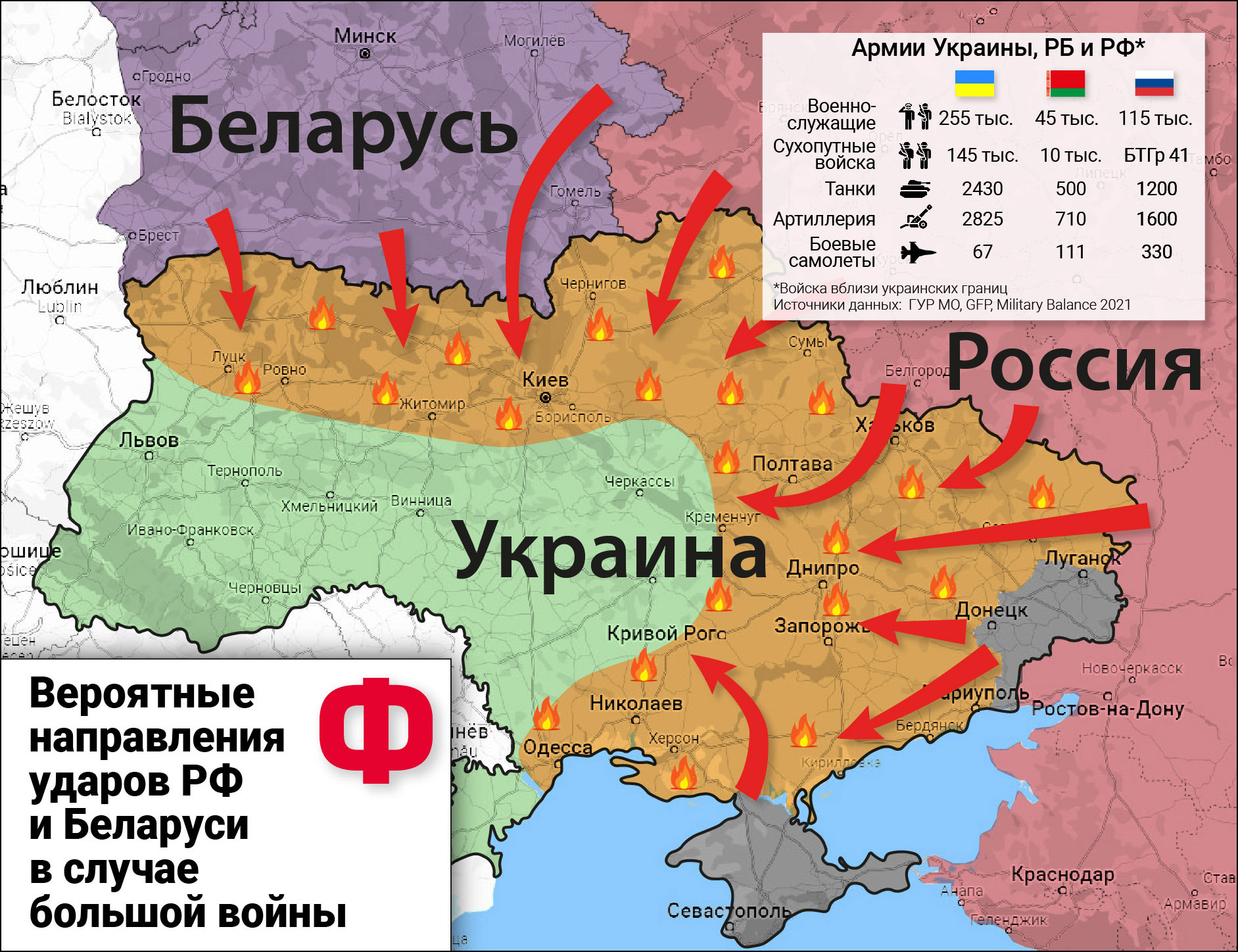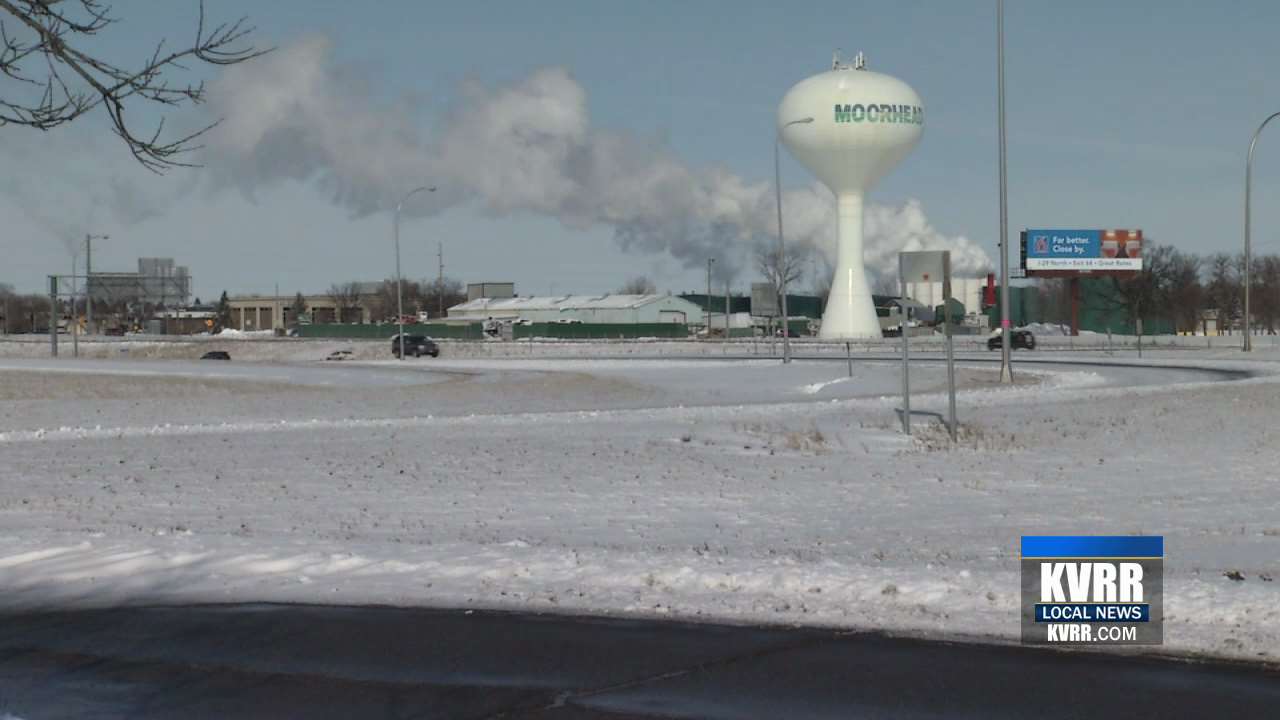CWD Found In Jackson Hole Elk: Understanding The Risks

Table of Contents
Understanding Chronic Wasting Disease (CWD)
What is CWD?
Chronic Wasting Disease (CWD) is a fatal, transmissible spongiform encephalopathy (TSE) affecting cervids, including elk, deer, and moose. Unlike many diseases, CWD is caused by misfolded prion proteins, which are essentially infectious proteins that damage brain tissue. This leads to a progressive neurological degeneration, resulting in irreversible damage.
- Symptoms in elk: Weight loss, behavioral changes (such as excessive drooling, stumbling, and lack of coordination), and eventually death.
- Incubation period: The time from infection to the onset of symptoms can range from months to years.
- How it spreads: CWD is primarily transmitted through direct contact between animals (e.g., saliva, urine, feces) and indirectly through environmental contamination (e.g., contaminated soil or water).
The impact on wildlife populations can be devastating, leading to significant population declines and ecological imbalances. While the risk to humans remains low, according to the CDC, it's not zero, highlighting the importance of continued research and caution.
How CWD Spreads in Jackson Hole's Elk Population
Several factors contribute to the spread of CWD within Jackson Hole's elk population. The high density of elk in certain areas facilitates direct transmission. Shared water sources and feeding grounds also increase the risk of environmental contamination.
- High elk density: Increased contact rates between infected and uninfected animals.
- Shared resources: Contamination of water sources and feeding areas with prions.
- Geographic areas: Specific areas within Jackson Hole exhibiting higher CWD prevalence are being actively monitored and studied.
The Current Situation in Jackson Hole: Prevalence and Management Efforts
The exact number of CWD cases in Jackson Hole is actively being monitored and updated by the Wyoming Game and Fish Department. Ongoing surveillance programs involve testing harvested elk and monitoring the disease's spread. Management strategies may include culling infected animals in affected areas to reduce transmission rates.
- Number of cases: The precise number of confirmed cases fluctuates and is subject to ongoing investigation and testing.
- Monitoring programs: Active surveillance and testing of harvested elk are crucial for tracking the spread of CWD.
- Management strategies: Culling, habitat management, and public education are potential mitigation efforts.
Risks Associated with CWD in Jackson Hole
Risks to Wildlife
The presence of CWD poses serious threats to Jackson Hole's wildlife:
- Decline in elk populations: CWD can drastically reduce elk populations, disrupting the delicate balance of the ecosystem.
- Impact on the ecosystem: The decline of elk can affect predator populations and the overall health of the ecosystem.
- Potential spread to other species: While primarily affecting cervids, the potential for CWD to spread to other species warrants close monitoring.
Potential Risks to Humans
While the risk to humans from CWD is considered low by the CDC, it is not entirely eliminated. Studies continue to investigate the possibility of human transmission, though current evidence suggests it is rare. It's crucial to follow safe handling practices when dealing with wild game.
- Current scientific understanding: The risk to humans is considered low, but research continues.
- CDC guidelines: The CDC provides recommendations for safe handling of wild game to minimize potential risks.
- Ongoing research: Scientists are actively studying the potential for human transmission of CWD.
Economic Impacts of CWD in Jackson Hole
The economic consequences of CWD in Jackson Hole are significant:
- Impact on hunting tourism: CWD outbreaks can negatively affect hunting tourism, a crucial component of the local economy.
- Potential effects on local economies: Reduced hunting revenues, decreased property values, and the cost of management programs can all have a major financial impact.
- Cost of management programs: Surveillance, testing, and culling programs require significant financial resources.
What You Can Do to Help
Responsible Hunting Practices
Responsible hunting practices are essential in minimizing the spread of CWD:
- Proper handling and disposal of carcasses: Following guidelines for safe carcass disposal helps prevent environmental contamination.
- Avoiding contact with potentially infected animals: Hunters should avoid contact with animals exhibiting signs of illness.
Supporting CWD Research and Monitoring
Supporting research and monitoring efforts is crucial:
- Encourage participation in CWD surveillance programs: Providing samples and participating in research studies helps scientists track the disease.
- Support funding for research: Contributing to organizations that are actively researching CWD prevention and treatment is vital.
Educating Others about CWD
Sharing information about CWD is a key step in prevention:
- Sharing information with friends, family, and hunters: Spreading awareness of CWD and its impacts can empower others to take action.
Conclusion: Protecting Jackson Hole's Elk from CWD
The presence of CWD in Jackson Hole's elk population presents a serious threat to wildlife, the ecosystem, and the local economy. Responsible hunting practices, participation in monitoring programs, and support for research are crucial steps in mitigating the spread of this devastating disease. We must act now to protect our elk and the wider ecosystem. Learn more about CWD in Jackson Hole, protect our elk from CWD, and take action against CWD today. Your involvement is essential in safeguarding this iconic species and its habitat for generations to come.

Featured Posts
-
 Pittsburgh Steelers Schedule Released A Deep Dive Into The Takeaways
May 22, 2025
Pittsburgh Steelers Schedule Released A Deep Dive Into The Takeaways
May 22, 2025 -
 Nato I Ukraina Klyuchevye Momenty Peregovorov Po Chlenstvu
May 22, 2025
Nato I Ukraina Klyuchevye Momenty Peregovorov Po Chlenstvu
May 22, 2025 -
 Recent Drop In Illinois Gas Prices Nationwide Impact
May 22, 2025
Recent Drop In Illinois Gas Prices Nationwide Impact
May 22, 2025 -
 20 Cent Gas Price Hike Impact On Drivers Nationwide
May 22, 2025
20 Cent Gas Price Hike Impact On Drivers Nationwide
May 22, 2025 -
 Volodimir Putin Riziki Obmanu Donalda Trampa
May 22, 2025
Volodimir Putin Riziki Obmanu Donalda Trampa
May 22, 2025
